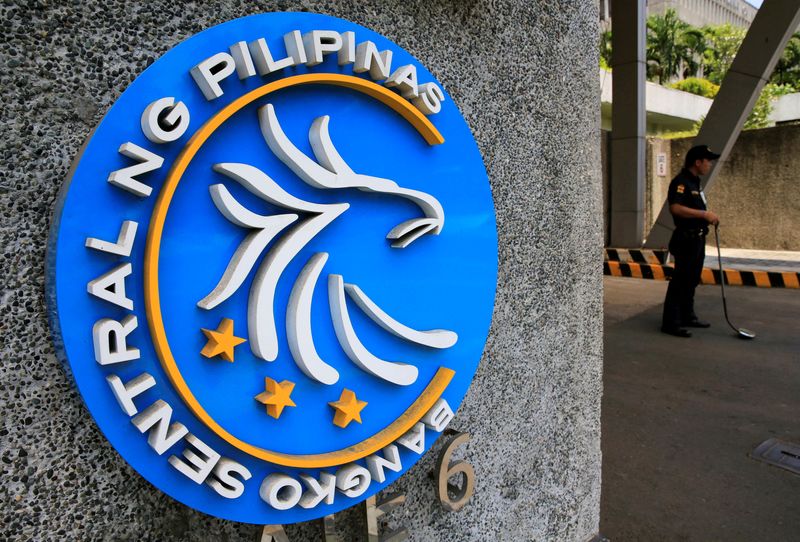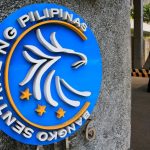BENGALURU (Reuters) – The Philippine central bank is sticking with its view that interest rates could be lowered as early as August despite an uptick in inflation last month, saying it was happy with where consumer prices were going.
Speaking in the Reuters Global Markets Forum, Bangko Sentral ng Pilipinas Governor (BSP) Eli Remolona said there was chance the central bank could ease monetary policy in the third quarter, but it would remain data-dependent.
“We are happy where inflation is going but we understand there are risks. We are guarding against those risks,” Remolona said, citing supply shocks that could stem from the geopolitical tensions.
The BSP’s key policy rate is at a 17-year high of 6.50% after a series of rate hikes last year to tame inflation which has come down from a 14-year peak of 8.7% in January last year.
“We’re hawkish but less so than before. So we’re still tight in terms of monetary policy,” Remolona said.
A rate cut in the third quarter would likely put the BSP ahead of major central banks including the Federal Reserve which is expected to deliver its first rate cut later this year.
Strong U.S. jobs data have prompted investors to push back bets of rate cuts by the Fed this year, exerting pressure on Asian currencies including the Philippine peso.
“Our bigger concern is inflation, and growth, number two. The peso becomes a concern only if it moves in a very sharp way so that it begins to cause a pass-through effect on inflation,” Remolona said.
Remolona said the central bank does not target a specific exchange rate level, and it is only in the market “if there is a sign of dysfunction”.
“We don’t worry too much about where it will go. We worry more about how it gets there. Volatility is bad for both exports and imports … we want to avoid that.”
Remolona reiterated the BSP’s future policy decisions will depend more on Philippine data.
While annual inflation has quickened for a fourth straight month in May to 3.9% from 3.8% the previous month, the five-month inflation average of 3.5% was well inside the central bank’s 2.0%-4.0% target range.
Remolona said the central bank wants inflation “more firmly settled” near the middle of its target range but it is mindful of the risks that higher interest rates pose on growth.
“In the process of trying to tame inflation, it’s possible that we may overdo it and so we may suffer some loss of output unnecessarily, just in the effort to get inflation to stay near 3%. But any loss in output will be temporary,” Remolona said.
The Philippine economy grew 5.7% in the first quarter, lagging expectations, but picking up the pace slightly from the last three months of 2023.
Remolona said hitting the bottom end of the government’s 6.0%-7.0% growth target this year was “doable.”

The Philippine central bank, which kept its benchmark rate steady at its last five meetings, will meet on June 27 to review policy.
(Join GMF, a chat room hosted on LSEG Messenger, for live interviews: )
To read the full article, Click Here

